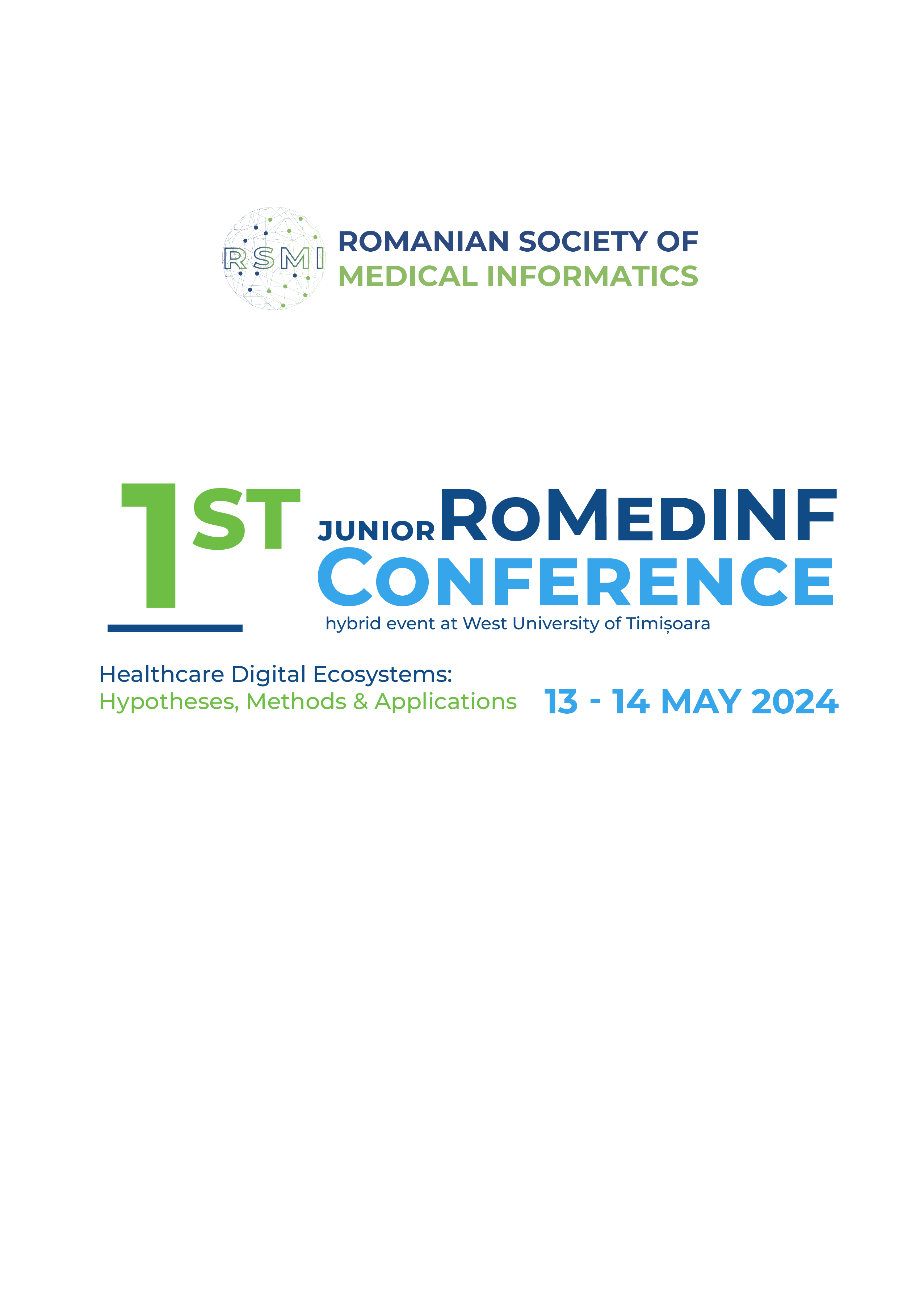The Impact of Digitization of Intensive Care Services on Patient Safety in the Pius Brânzeu Emergency County Hospital in Timişoara
Keywords:
Digital health, Electronic health records (EHRs), Patient safetyAbstract
This thorough analysis explains the various effects of using digital technology for anesthesia and intensive care services at Pius Brânzeu (P.B.) Emergency County Hospital, emphasizing how it improves patient safety. Digital technology in healthcare, especially in critical and changing areas like anesthesia and intensive care, has both positive and negative aspects. The digitization initiative seeks to improve patient monitoring accuracy by using cutting-edge technologies such as EEG, BIS, and cardiovascular output measurements, which are essential for patient care during surgery. By allowing instant, centralized data integration, these systems increase the accuracy of monitoring and enable prompt clinical decisions, thereby potentially lowering the risk of critical incidents that traditionally occurred due to late or missed identifications of physiological abnormalities. However, the transition to electronic health records (EHRs) and digital monitoring tools introduces new challenges, primarily concerning data management, system reliability, and user interaction with complex interfaces. Concerns about the human factors integration of computerized physician order entry (CPOE) systems exemplify potential setbacks, including the risk of increased medication errors and the failure of technology during critical use. Studies have shown that digital health technology can lead to significant improvements in patient safety and outcomes. For example, a study published in the Journal of the American Medical Association found that EHRs were associated with a 17% reduction in medication errors. Another study, published in the Journal of Clinical Anesthesia, found that CPOE was associated with a 50% reduction in anesthesia-related errors. Furthermore, this move towards digital solutions poses serious security and privacy challenges. The danger of data access and breaches by unauthorized parties could threaten patient confidentiality and safety, requiring strong cybersecurity policies. Moreover, the effective use of digital technologies relies greatly on extensive training programs for healthcare professionals to ensure competence and reduce risks related to new system interfaces. The hospital's method also involves thorough system checks and partnerships between IT and healthcare teams to ensure successful execution and flexibility to the evolving technological environment. These tactics aim to protect patient data accuracy and maintain the standard of clinical care. In the end, while the digital transformation of anesthesia and intensive care offers great potential for improving patient safety and care quality, it demands careful attention to possible risks, user education, and constant system assessment to achieve its full benefits and ensure lasting enhancements in patient outcomes.
Downloads
Published
How to Cite
Issue
Section
License
Copyright (c) 2024 Corina VERNIC, Sebastian-Aurelian ŞTEFĂNIGĂ, Angela-Simona APOSTOL, Călin MUNTEAN

All papers published in Applied Medical Informatics are licensed under a Creative Commons Attribution (CC BY 4.0) International License.

